A homesteader is someone who engages in a self-sufficient lifestyle. They may grow their own crops, raise their own livestock, and have extensive knowledge about food preservation. Some modern-day homesteaders also might engage in the small-scale production of clothing and textiles for personal use or sale.
For us, homesteading means a lot more. As most of you know by now, we have our own Jersey cows. We’re strong proponents of the many benefits of raw Jersey cow milk. We believe every small homestead should have at least one cow (if not more).
Let’s look at what’s involved in becoming a homesteader so you can decide if the lifestyle is right for you and your family.
Homesteaders master self-sustainability
One of the biggest reasons to become a homesteader is to learn the forgotten art of self-sufficiency. With record-high inflation, nuclear superpowers invading neighboring countries, and global food shortages, there has never been a better time to learn how to fend for yourself. Having the resources and abilities to take care of yourself and your family has never been more important.
When we talk about self-sufficiency, we don’t mean having enough canned goods and toilet paper squirreled away to make it a few months or even a year if necessary. We’re talking about the ability to produce your own food and other daily living essentials without the help of other people. How long could you go without needing to visit the grocery store or place an order on Amazon?
It can be scary to think about what would happen if you needed to make your own food if you’ve never done it before. Homesteaders know how to get by with what they can produce on their own. It’s a skill everyone should have, no matter whether you live on a small homestead or in a residential neighborhood.
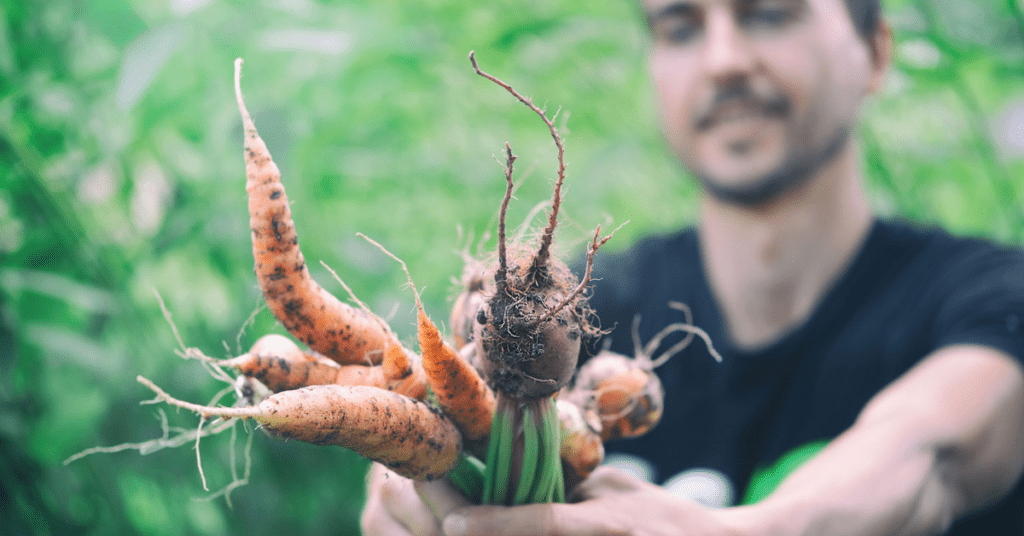
Homesteaders practice sustainable agriculture
Most Americans aren’t familiar with the concept of food insecurity. We are privileged enough to know that if we go to a grocer or other retail store, we’ll find what we need neatly packaged and waiting for us on the shelves. Since the pandemic, though, food and other product shortages have become the norm rather than the exception.
Sometimes you can substitute one product for another if the store is out of what you really want. Other times, like with the ongoing baby formula shortage, it becomes a real crisis.
Sustainable agriculture practices can ensure you and your family always have access to a safe food supply. When done correctly, it sustains homesteaders and their resources. Organic farming methods are a huge component of sustainable agriculture. Let’s look at some of the best crops for sustainable agriculture.
Cabbage, collards, and kale
All three of these plants are cold-hardy and packed with nutrient-rich qualities. One of the best things about kale is it’s the superfood that keeps on giving. If you harvest only the outer leaves instead of pulling up the entire plant, the roots produce more harvests. Greens don’t last long, so you’ll need to use them quickly or learn to preserve them.
Heirloom corn
Heirloom corn can be eaten fresh or dried and fed to your livestock. Corn is ideal for cooler, wetter climates. If you live in the Southwest, you can grow flour corn, which is super easy to grind. There are several different kinds of corn you can grow and harvest depending on your homestead’s location.
Herbs
Herbs aren’t just for cooking or preserving food. They also have medicinal properties, making them an incredibly important part of any homesteader’s sustainable agriculture plan.
Potatoes
There are so many things you can do with potatoes that it’s a shame not to include them on your homestead. One of the most advantageous things about potatoes is you can practically grow them anywhere if the soil reaches at least 45 degrees before you try to plant them.
Tomatoes
Canned, dried, or frozen, there’s no shortage of ways you can preserve tomatoes. Plus, they make tasty sauces, soups, and more. Tomatoes are the gift that keeps on giving to homesteaders. They’re very easy to can because they’re a high-acid veggie. No pressure canning is needed. Just toss them in a water bath and they’re good to go.
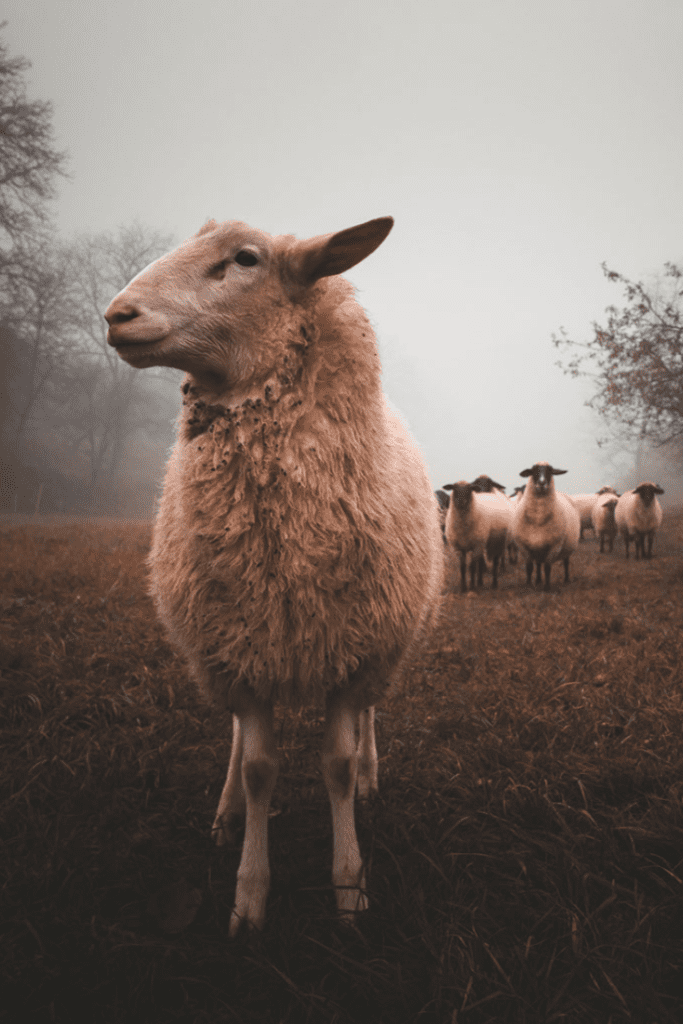
Homesteaders raise their own livestock
Having a variety of veggies is nice, but most people also enjoy fresh milk and meat now and again. Raising your own livestock can be an essential component of any homestead. Keep in mind that you’ll need at least 4 acres of land to accommodate the dietary needs of one dairy or beef cow. And that’s only if you’re supplementing with other feed.
For our homestead, we’ve opted to go with a Jersey milk cow. She provides us with more A2 raw milk than we need, which we use to drink and turn into other tasty food products like squeaky cheese and yogurt.
Jersey cows are an excellent choice for a small homestead. Most cattle live to be 22 years old, with some Jersey cattle living even longer. During that time, they produce high-quality milk for 2.5 to 4 years. When their milk-producing days are behind them, you can use them for meat.
There are things you can do to ensure your Jersey milk cow lives a long life and produces as much high-quality raw milk as possible.
Daily milking
Milking your Jersey cattle twice a day is ideal if you want a healthy and high-yielding animal. While you can milk by hand, it might make more sense to use a milking machine. They’re faster, more sanitary, and easier on your hands.
Sanitary shelter
Make sure any soiled bedding is swept out of your Jersey milk cow’s shelter promptly. If you fail to sanitize their bedding, they can become more susceptible to disease and illness that can affect their milk production and their overall health and well-being.

Homesteaders produce their own power
Energy is another major factor to consider when you’re pushing toward self-sufficient living as a small homesteader. Setting aside a few hundred feet for solar panels is a smart move if you have the space. Small homes need about 200 square feet of solar panels, while larger homes may require about 1,000 square feet. You can determine the right size and output using these tips.
When you’re deciding which solar panels to use, consider the following four factors:
- Appearance. While this may not be a top priority for some homesteaders, if you care about how solar panels look on your property, choose ones that blend with or complement your natural environment.
- Cost. Solar panels continue to decline in price, which is good news for homesteaders who want to consider them as part of their energy self-sufficiency plan. Just make sure you’re not led only by price. Check other factors, like durability and efficiency.
- Durability. High-quality solar panels, when maintained properly, should last about 50 years. Areas of the U.S. prone to hail, wildfires, and other natural disasters might not support that long of a lifespan for solar panels.
- Efficiency. Arguably the most important aspect of choosing solar panels is their efficiency rating. Solar panel manufacturers measure the efficiency of their products as power output compared to the size of the solar panel.
Getting started with homesteading
Whether your launch into homesteading was planned or just a happy accident, it’s important to keep it in perspective. Homesteading is a journey, not a destination. You learn as you grow and consult with other more experienced homesteaders who can guide you on best practices.
Looking for the most homesteader-friendly states? Check out our list and resources for finding the perfect spot to get started.
Ultimately, homesteading is about making the most of what you have available, so make sure you have the right resources at hand.
In our kitchen, we only use cultures from Cultures for Health.
Get yours here and start culturing today.
Popular Articles

Raw Milk Revolution: 2023’s Milestones in State Legislation
Newsletter
Get signed up to get latest updates and new information from the Jersey Milk Cow!
This site uses Akismet to reduce spam. Learn how your comment data is processed.
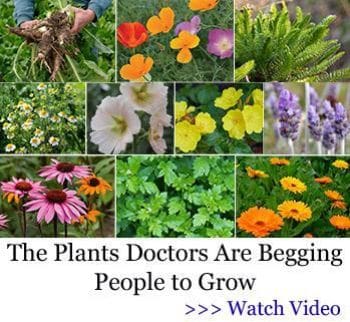
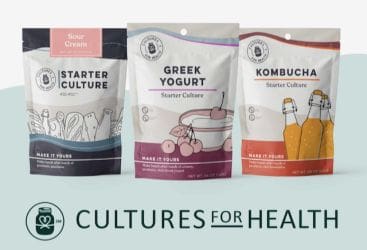
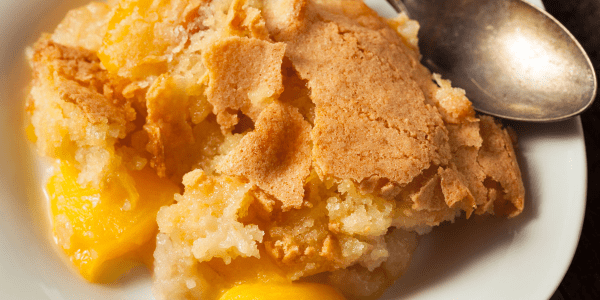
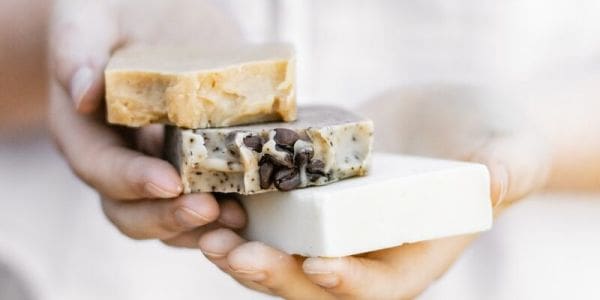
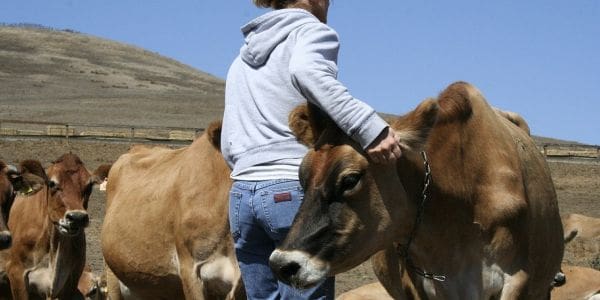
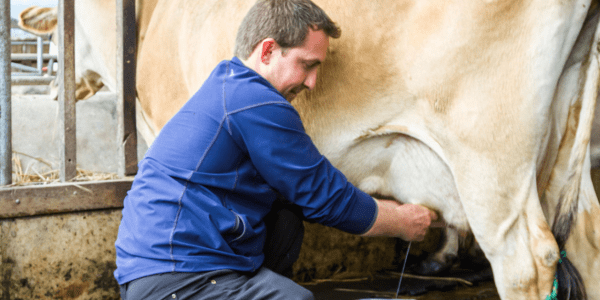


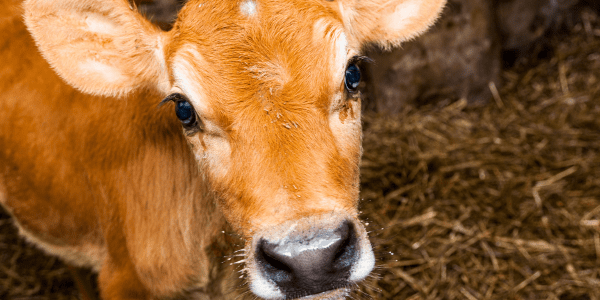
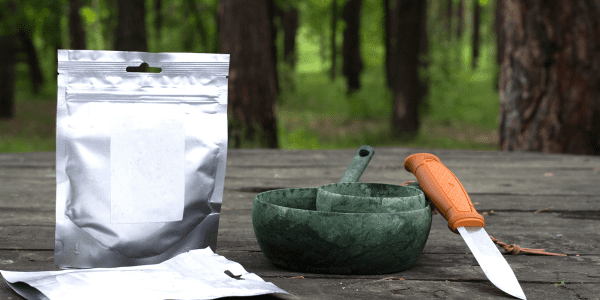
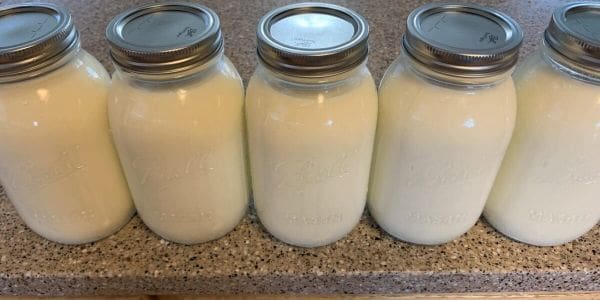
Leave a Reply